The trend of simplification of tea packaging!
tea packaging forms
Tea packaging form is rich and can be divided into three main categories: rigid packaging, semi-rigid packaging, and soft packaging. Our common hard packaging is mostly glass bottles, porcelain bottles, metal bottles, and some artistic characteristics of the wood or bamboo packaging forms. Semi-rigid packaging is mostly some hard cardboard tea products. Soft packaging is mostly in the form of soft paper boxes, plastic bags, and other forms.
Metal material packaging
Generally speaking, tea enterprises use metal as product packaging materials, and often choose tin-plated thin steel, because its material hardness is moderate, plasticity, and easy to make a variety of shapes. The common shape of the square and cylindrical two, square packaging generally contains more bags of tea, while the cylindrical packaging contains the basic large bags of tea. From the point of view of sealing, metal material tea products can be divided into two categories of general cans and sealed cans.
Bag-lined packaging
Most of the lined bags boxed take a waterproof, moisture-proof process, generally in the inner layer of the bag plus a layer of plastic film, or coated with a waterproof moisture-proof coating, as a way to isolate the external moisture on the tea infiltration. Therefore, the bag-lined box is more protective than the simple paper box or wooden packaging, but it also has strong folding and shrinkage, which can save more space in the process of storage and transportation and reduce costs for enterprises.
Paper laminated packaging
Paper composite packaging is a new type of packaging material that has emerged in recent years. Its top and bottom are metal and can be well-fixed products, to avoid the impact, collision, and other external causes of unnecessary damage to the packaging. The middle of the material is made of polyethylene, cardboard aluminum foil, offset paper, and other composite materials.
This modern production process has many advantages, on the one hand, it has good freshness, for some tea with high requirements for freshness technology is the best choice, on the other hand, its lightweight, and metal packaging compared to better portability. In addition, because of the use of modern packaging technology, it also has more design space, which is able to apply more design creativity to the paper laminated packaging.
Wooden and bamboo material packaging
Wooden or bamboo tea packaging is the traditional form of tea packaging in China, and with the development of the times, especially the increasing popularity of traditional culture among consumers, this form of packaging is also being used by more and more manufacturers to package tea products. Its shape is often elaborate and exquisite, with strong artistic and aesthetic value, and is mostly used for gift tea packaging. Consumers often leave the packaging behind after drinking the tea, either for appreciation or for secondary use.
Tea packaging simplicity trend
Simplicity is a minimalist packaging style, adhering to the concept that less is more. In fact, the simpler it is, the higher the requirements for the packaging design of enterprises. Analysis of the current trend of tea packaging simplicity can probably be summarized as follows.
Minimalist principle
On the one hand, it is emphasized that the least variety of materials should be used for tea packaging, that is to say, the less variety of materials a package contains, the better, the less it means that the more the use of raw materials can be reduced, which can also greatly reduce the amount of waste generated in the production process.
On the other hand, it is emphasized that the packaging should use the minimum number of materials as much as possible, and the packaging should be strong and beautiful, so there is no need to adopt the complex design form of one layer over another, which can also greatly reduce the claim of the packaging material manufacturing to the nature.
The principle of recyclability
On the one hand, the materials used in tea packaging as much as possible to use green non-polluting materials, such as fast-growing wood, bamboo, and other fast-growing natural materials, even for mass production, will not cause too much damage to the natural environment. At the same time, the outer packaging of these materials can allow consumers to continue to use the tea products in their daily lives after drinking them, such as serving as sundry boxes, pen jars, and so on.
On the other hand, in order to further enhance the recyclability of the products, tea enterprises try to choose materials with local characteristics, which can provide valuable uses for the secondary use of packaging, even if the tea enterprises no longer recycle, other enterprises because they will also use the same material, increasing the probability of its secondary use. In addition, the use of local characteristics of the material can also drive the development of local related industries.
Lightweight principle
On the basis of ensuring product safety to reduce the weight of the product packaging as much as possible, this is an important development direction of the trend of simplification of tea packaging. The advantage is to minimize the use of raw materials and reduce the consumption of natural resources. Some tea enterprises have made a lot of fruitful exploration in this regard, such as developing new materials, optimizing the internal structure of the packaging, and so on.
Moderate principle
For tea packaging, first of all, the number of colors should be as small as possible, and the colors of the packaging should be controlled by three, with the main color and auxiliary color. For example, the main color of green tea can be green, but it should not be too single and rigid, and other colors matching green should be selected appropriately on the basis of highlighting green.
In addition, in the integration of design elements strive for less and more precise, to do the main priority, highlighting the brand logo and product name. Some cumbersome design elements can be avoided because they will distract consumers' attention, reduce the focus of the brand logo, and even take away the main focus so that the package loses visual focus. Recommended reading: Do you love this kind of packaging?







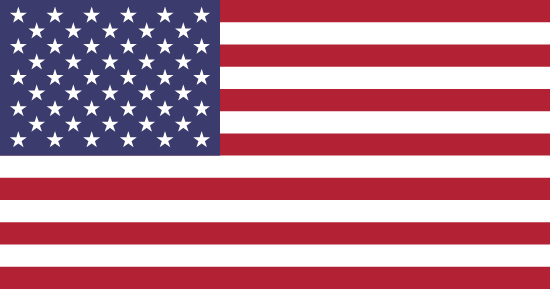
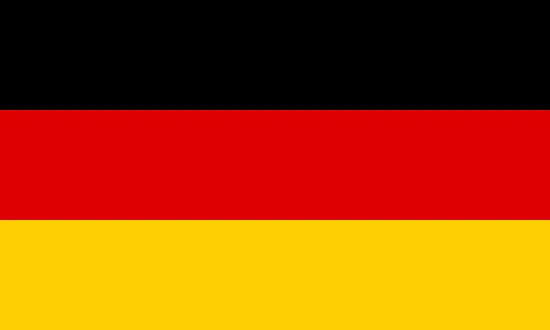 Deutsch
Deutsch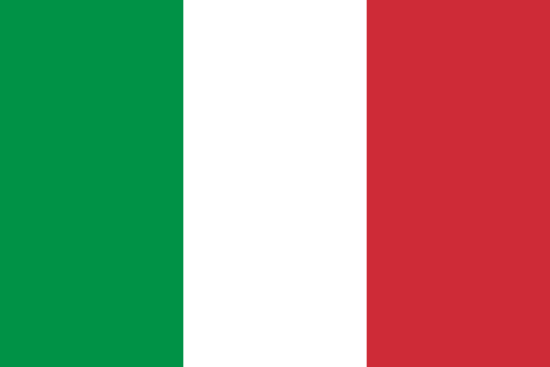 Italiano
Italiano français, langue française
français, langue française Español
Español Português
Português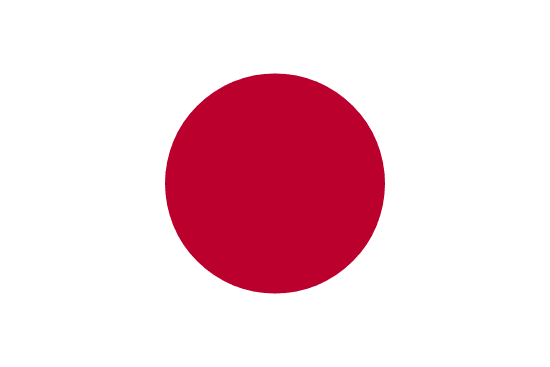 日本語/にほんご
日本語/にほんご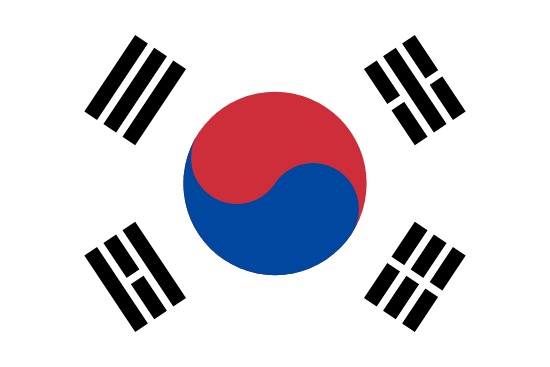 한국어
한국어 русский
русский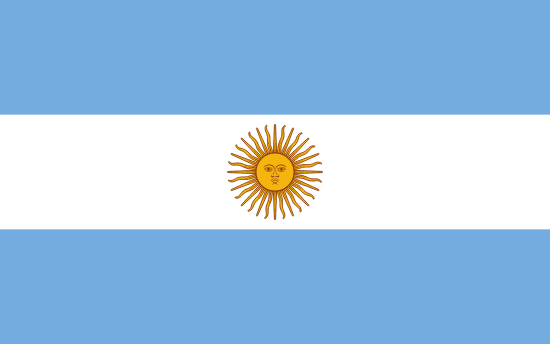 العربية
العربية